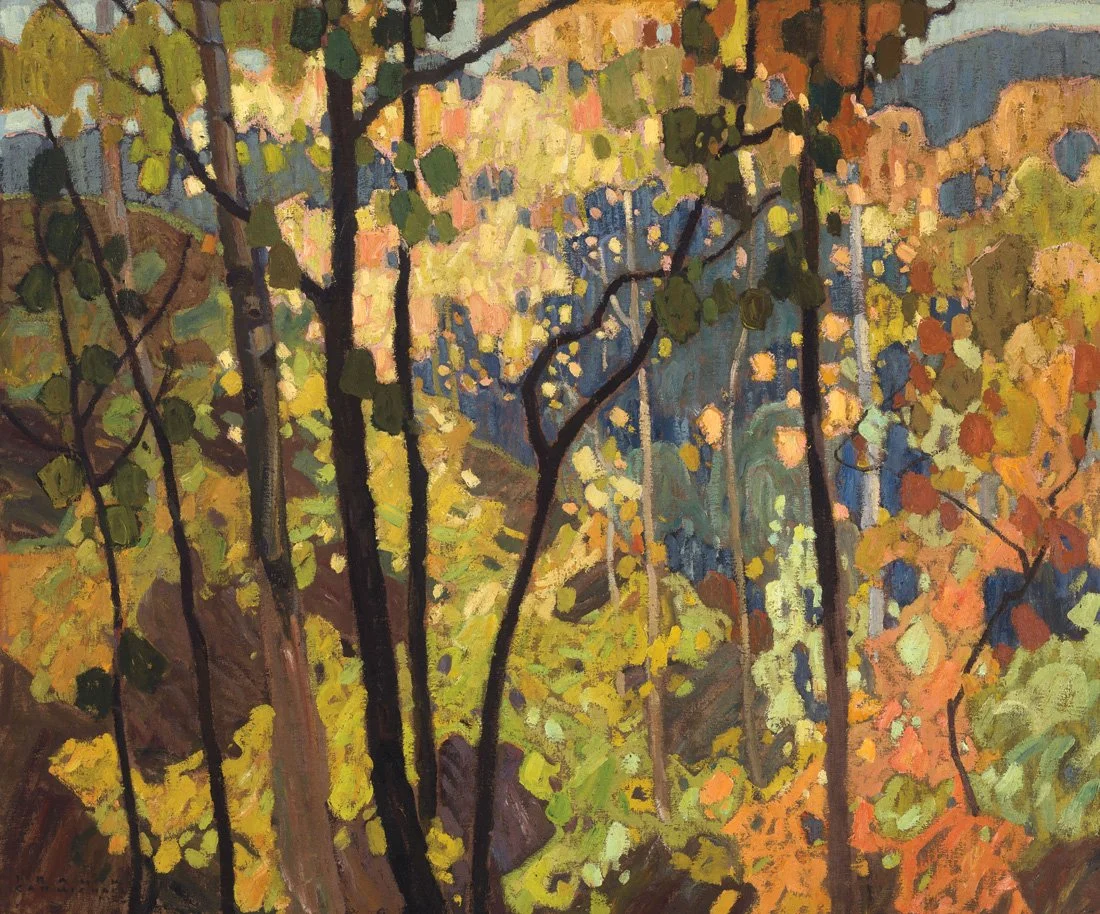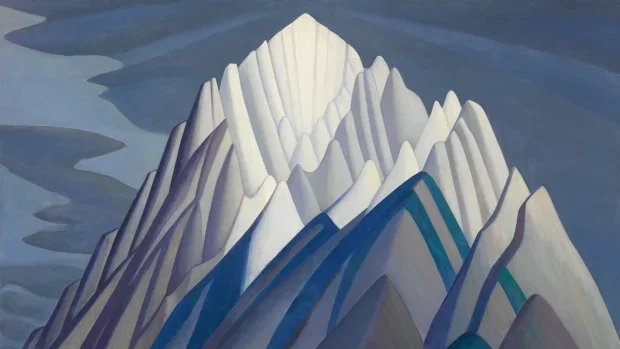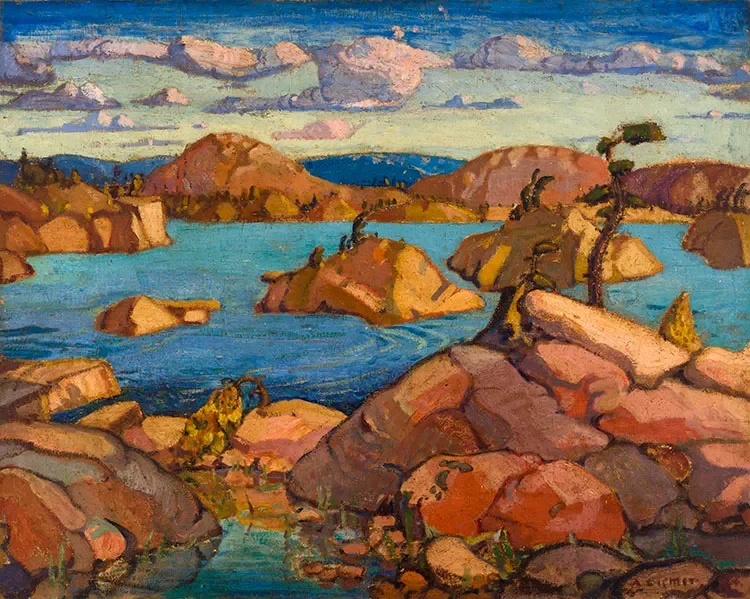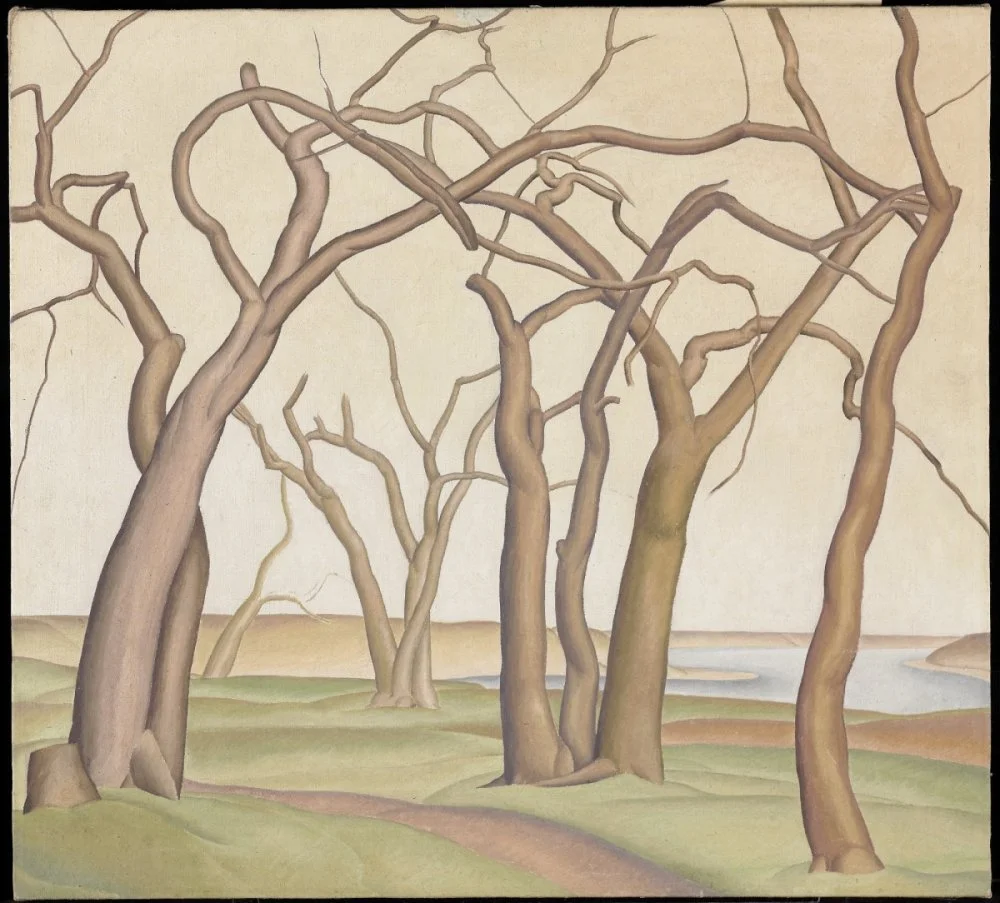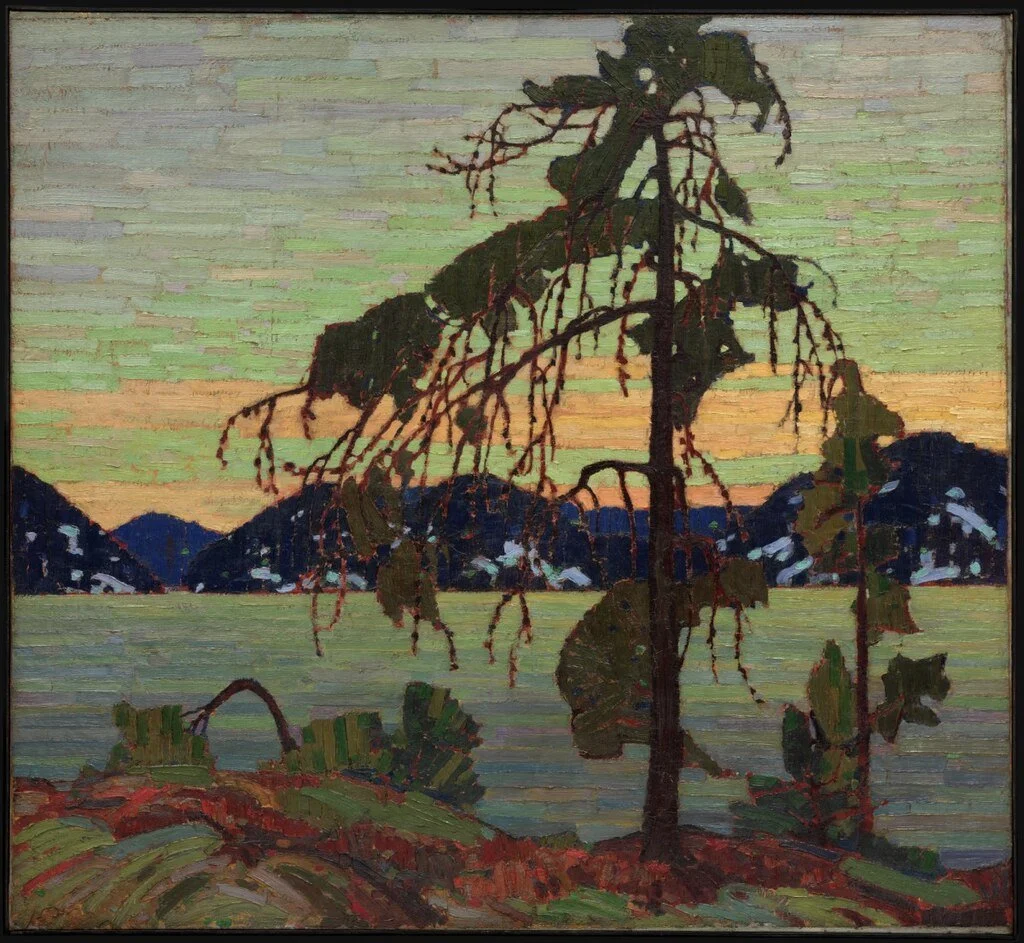The Group of Seven: Shaping Canada’s Artistic Identity
Few movements in Canadian art history have left as profound a mark as the Group of Seven. Formed in Toronto in 1920, this collective of painters set out to create a new visual language—one rooted not in European traditions, but in the raw, untamed landscapes of Canada. In doing so, they didn’t just change painting; they reshaped how Canadians saw themselves and their country.
A New Vision for Canada
At the start of the 20th century, Canadian art was still heavily influenced by European academic styles. The Group of Seven broke away, embracing bold colour, expressive brushwork, and direct engagement with the wilderness. Their canvases captured the vast forests, lakes, and northern landscapes with energy and emotion, transforming the wilderness into a national symbol of pride and identity.
Though their work was initially met with controversy, it quickly became celebrated as distinctly Canadian. By the 1930s, their legacy was secure: they had founded not only a new school of painting but also a cultural narrative that elevated nature as central to Canadian life.
Contributions of Each Member
Each artist brought a unique vision to the Group, shaping its diversity and richness.
Later Members
As the Group evolved, new artists extended its reach:
Associates and Influences
Why the Group Still Matters
The Group of Seven’s impact cannot be overstated. They created the first internationally recognized school of Canadian art, gave form to a new national identity, and elevated the wilderness as an enduring symbol of Canadian creativity.
Today, their works hang in the country’s most important museums and remain highly valued on the market. For collectors, owning a work tied to this movement means holding a piece of the story that shaped Canadian culture itself.
Collecting the Group of Seven
〰️
Collecting the Group of Seven 〰️
For collectors, the Group of Seven represents the pinnacle of Canadian art history—and the market reflects that. Recent auction results confirm that demand remains strong, with new records being set and steady values across all members of the group.
At the very top, works by Lawren Harris continue to command the highest prices. His Mountain Forms (1926) sold for a record $11.2 million CAD ($8.3 million USD) at Heffel Fine Art Auction in 2016 and his Northern Lake (1926) recently achieved more than $3.1 million CAD, while Franklin Carmichael’s Leaf Pattern broke records at $2.2 million CAD. Arthur Lismer and A.Y. Jackson have also crossed the million-dollar threshold with major canvases. These sales underline the enduring prestige of the movement’s most iconic figures.
For collectors at more accessible price levels, there are still many opportunities. Smaller oil-on-board works by Jackson, Johnston, and MacDonald often appear in the $7,000–$20,000 CAD range, depending on subject and provenance. For example, Johnston’s The Valley Stream realized $9,600 CAD, while MacDonald’s Gull River in Coboconk sold for just over $20,000 CAD. These pieces offer an approachable entry point into the Group of Seven legacy.
What drives value? Collectors consistently look for:
Strong subjects — bold northern landscapes, winter scenes, and Georgian Bay vistas are always in demand.
Provenance — works with ties to early exhibitions or notable collections carry a premium.
Condition — pieces in original, stable condition hold their value best.
Ultimately, collecting the Group of Seven isn’t just about numbers—it’s about owning a piece of Canada’s cultural story. Whether it’s a seven-figure Harris or a modest Johnston panel, these works continue to offer both emotional resonance and long-term stability in the market.
Map of Group of Seven Northern Ontario Painting Locations:
Here is a general map showing some of the key locations in northern Ontario where the Group of Seven painted. It highlights areas such as Algoma Country, the North Shore of Lake Superior, Nipigon, and Bruce Mines.


